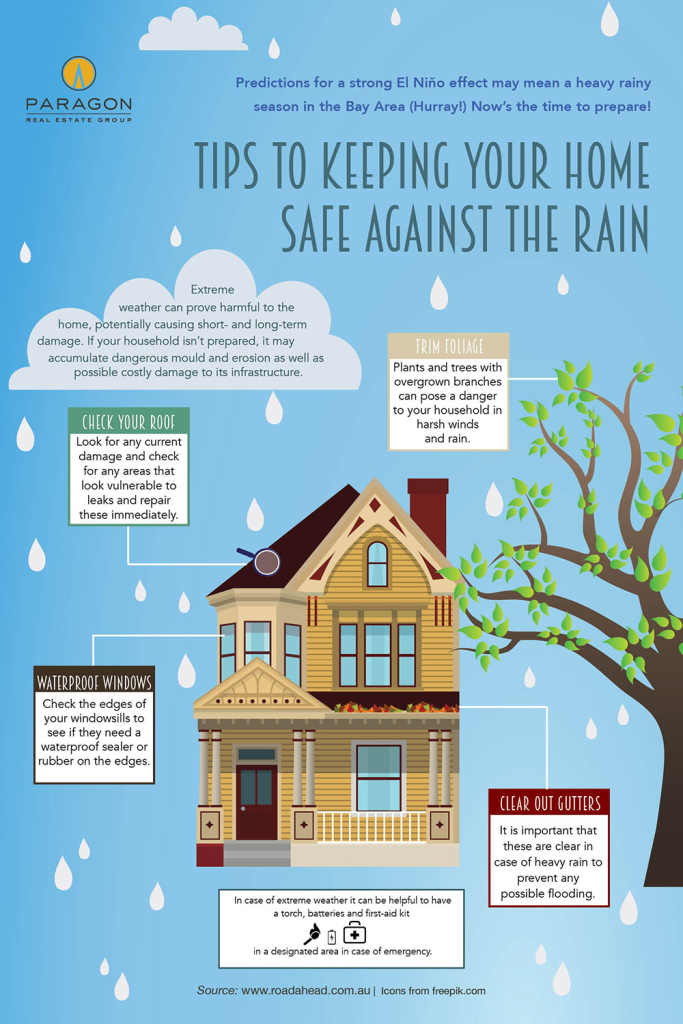Discover Exactly How The Cautious Stability Between Expenses And Environmental Effects Can Expose The Complete Capacities Of Solar Power In Contrast To Conventional Power Resources
Discover Exactly How The Cautious Stability Between Expenses And Environmental Effects Can Expose The Complete Capacities Of Solar Power In Contrast To Conventional Power Resources
Blog Article
Article Author-Bentsen Dodson
When analyzing the viability of solar power versus typical energy sources, you might find yourself pondering the long-lasting sustainability and effect on your financial resources. The detailed balance between preliminary prices, continuous expenditures, and environmental implications raises crucial questions concerning the future of power generation. As you browse via the intricacies of this comparison, a much deeper understanding of the nuances in cost-effectiveness, ecological stewardship, and power protection awaits exploration.
Cost-Effectiveness Contrast
When comparing the cost-effectiveness of solar energy with traditional energy resources, it becomes obvious that first investment differences play an essential role in identifying long-lasting cost savings.
While solar power systems need a higher upfront investment for installation and tools, they offer considerable long-term benefits that can exceed the initial costs. The crucial hinge on comprehending that solar energy systems have very little recurring functional and maintenance expenses contrasted to traditional energy resources like fossil fuels.
By investing in solar power, you can possibly save money on utility expenses over the system's life-span. Furthermore, with advancements in innovation and reducing installation prices, solar energy has come to be a lot more accessible and inexpensive for house owners and companies alike. These cost savings can collect over time, providing a roi that surpasses standard power resources.
Furthermore, solar power systems supply the benefit of energy freedom and security against changing utility rates. By harnessing the power of the sunlight, you contribute to a cleaner atmosphere and reduce your carbon footprint. Accepting solar panel installation cost breakdown but also the world over time.
Environmental Impact Analysis
Solar power offers a promising choice to traditional energy sources because of its dramatically lower ecological impact. Unlike fossil fuels that send out unsafe greenhouse gases and contribute to air contamination, solar power generates electrical energy without producing any exhausts.
The process of taking advantage of solar power involves recording sunshine with solar panels, which does not launch any contaminants into the ambience. This lack of discharges helps in reducing the carbon impact related to power manufacturing, making solar energy a cleaner and more sustainable alternative.
Furthermore, making use of solar power contributes to conservation efforts by reducing the demand for limited sources like coal, oil, and gas. By counting on the sun's bountiful and renewable resource source, we can help maintain all-natural habitats, protect ecosystems, and alleviate the negative impacts of source removal.
Reliability and Power Landscape Analysis
For a detailed analysis of reliability and the power landscape, it's important to assess just how solar energy contrasts to typical resources. read this post here is making headway as a trusted and lasting energy resource. While traditional sources like coal, oil, and gas have been historically dominant, they're limited and add to environmental deterioration.
Solar energy, on the other hand, is bountiful and renewable, making it a much more sustainable alternative in the long run.
In terms of reliability, solar power can be depending on climate condition and sunlight accessibility. However, developments in modern technology have brought about the development of power storage space solutions like batteries, improving the reliability of solar energy systems. Traditional sources, on the other hand, are prone to price fluctuations, geopolitical stress, and supply chain disruptions, making them much less reputable in the long term.
When assessing the energy landscape, solar energy offers decentralized energy production, reducing transmission losses and enhancing power safety. Standard sources, with their centralized power plants, are a lot more susceptible to disturbances and require extensive infrastructure for distribution.
Final thought
To conclude, when comparing solar energy to traditional power sources, it is clear that solar power offers a cost-effective, eco-friendly, and trustworthy choice. With very little functional costs, potential cost savings on energy expenses, and a dramatically lower environmental effect, solar power is becoming a more lasting and safe option. Accepting solar power can help in reducing greenhouse gas discharges and add to preservation efforts, making it a compelling selection for the future.
